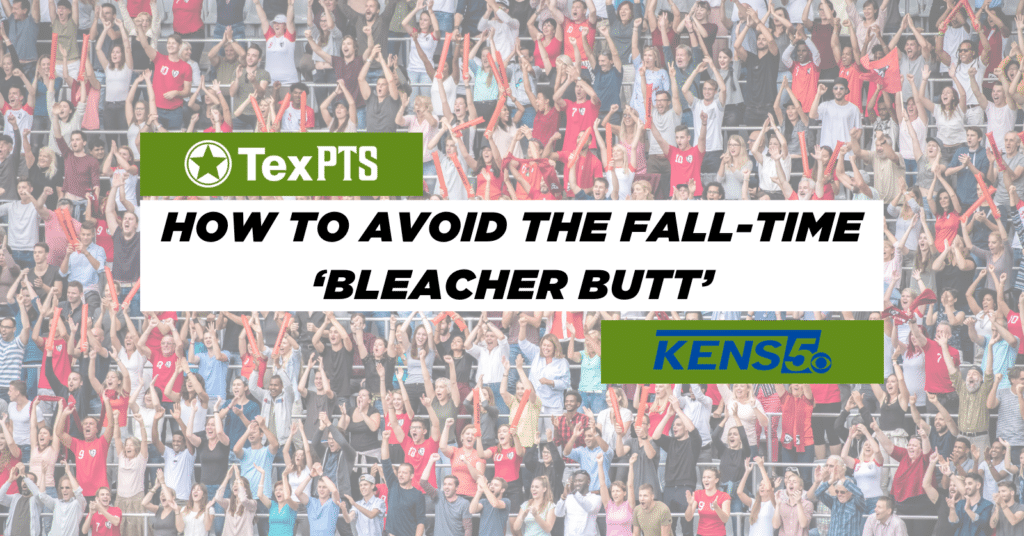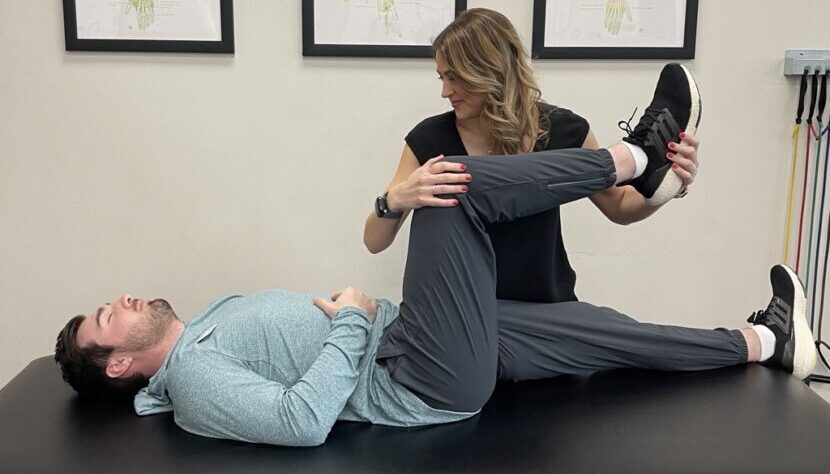What Is Dry Needling?
Dry needling physical therapy involves using a very thin needle (similar to an acupuncture needle) to penetrate the skin and target specific muscles and fascia. The main reason to use dry needling is to release very tight segments of muscles to reduce pain and improve the muscle’s mobility. These tight bands of muscle are called trigger points and are usually tender to touch and can refer pain to other muscles in the body.
Dry needling has increased in popularity over the past decade as the scope of physical therapy practice has expanded. It is important to point out that dry needling is completely unrelated to acupuncture although the two practices use a similar needle. Acupuncturists, as a part of Chinese medicine, target specific points on the skin to cause desired effects on the body. Dry needling is a part of western medicine and is backed by research on its effectiveness.
What Can Dry Needling Treat
Have you ever tried to massage one of your muscles and noticed that it felt very stiff and tender compared to other muscles around it? This is quite common with injuries, overuse of muscles, and tension from stress. These stiff spots in muscles could benefit from trigger point dry needling. Dry needling works to smooth out muscles by stimulating the area where nerves signal to muscles (called the motor end plate). This effectively loosens tight muscles, accelerates healing by returning your muscles to normal function, and lowers the sensitivity of the muscle so you feel less pain.
Physical therapists use trigger point dry needling as a part of a larger treatment plan to speed muscle recovery along. That means they might spend the first ten minutes of your PT session on dry needling trigger points and spend the remainder of the session educating you about pain and teaching important exercises to reduce your muscle tension in the long term. Common muscle groups that respond well to dry needling are the upper trapezius, the calves, and the muscles in the low back. You may also benefit from electrical dry needling, which uses two needles along a muscle to stimulate the muscle to achieve tension relief. Dry needling is never a stand alone treatment in physical therapy and works best when combined with exercise and movement.
What To Expect From Your Physical Therapist
Physical therapists are among the most educated healthcare professionals on the anatomy and physiology of the musculoskeletal system, that is the structure of the bones, muscles, ligaments, and nerves. Physical therapists earn a clinical doctorate degree and then also pursue training required per state to be certified to perform trigger point dry needling physical therapy. You may inquire how much experience and what training your physical therapist has in dry needling before your appointment.
The actual procedure involves several steps to ensure safety and effectiveness. First, your physical therapist will wear gloves, expose the skin over the target muscle, and sanitize the area thoroughly. You may need to change into a gown for access to muscles over your spine. From there, your physical therapist will use a thin needle to penetrate your skin and direct the needle to the targeted muscle for treatment. He/she will use an up and down motion to hit the muscle several times with the objective of muscle relaxation. You may feel your muscle twitching or a slight pinching sensation, which is typically mild and very tolerable. After the procedure, you will likely practice exercises to reinforce the muscle relaxation and increase in range of motion provided by dry needling. Your physical therapist may repeat this procedure in other sessions, as patients typically feel relief in around three sessions.
It is normal to be a little nervous before your first dry needling session. You should discuss any concerns with your physical therapist, who can assure you further about the safety and benefits of dry needling, so you can feel confident and at ease at your appointment.
***Certain states do not allow trigger point dry needling due to their physical therapy state practice act restrictions. Prior to expecting dry needling at your appointment, you may call your local clinic and inquire if it is offered.***



